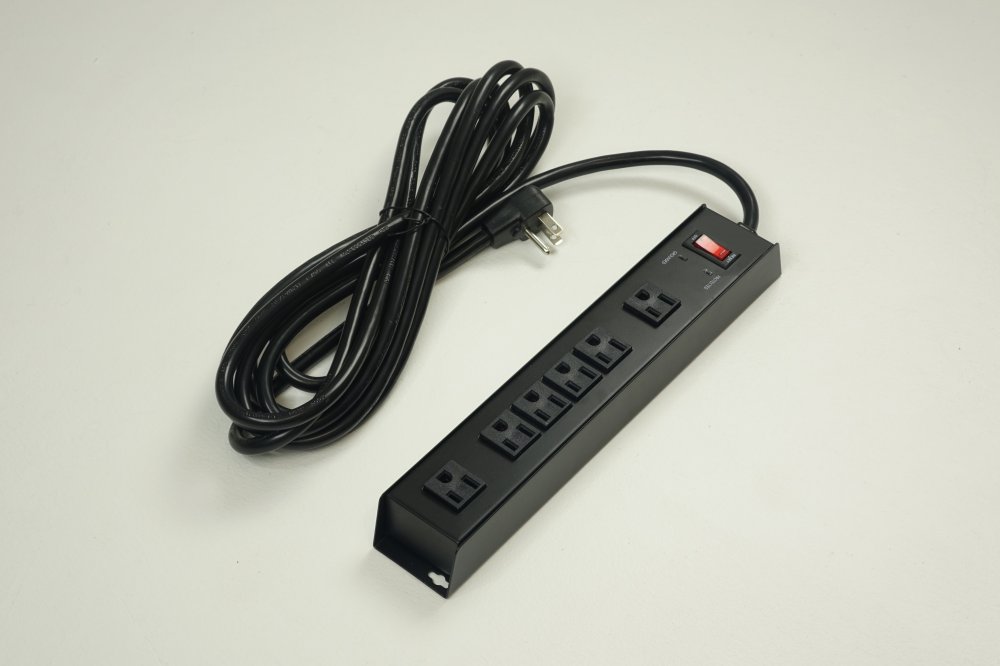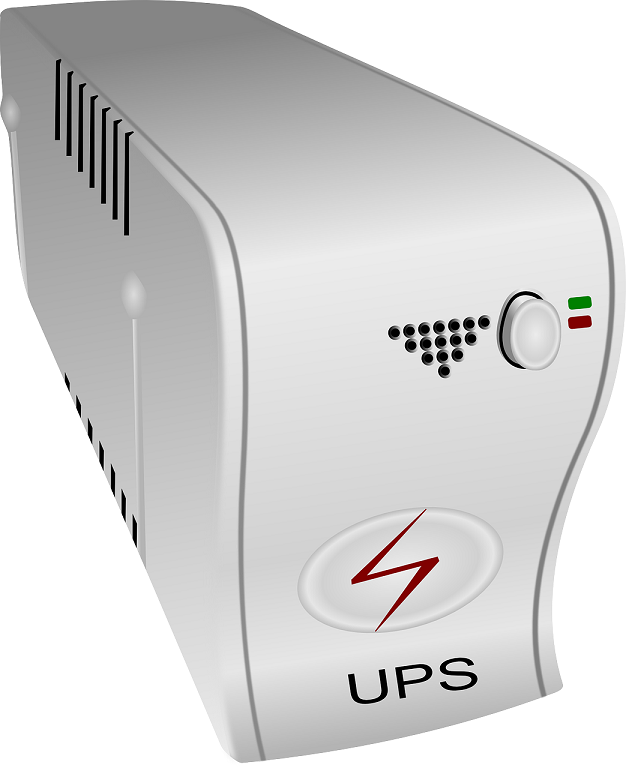The modern day home cannot operate without essential electrical appliances like the refrigerator, kettle, stove, toaster ovens and washing machines. Without this equipment, we wouldn’t be able to conduct simple daily activities cooking food, boiling water or cleaning our clothes.
Now, it’s important to maintain these machines in good condition and do whatever you can to extend their lifespan. In the following article, we’re going to share with you the different measures that you can take to protect your home appliances in the event of a power surge or outage. Read on for more.
-
Install surge protecting power strips
The easiest way to protect your home appliances from the effects of power outages and surges is to install a surge protector power strip. What makes these power strips so effective is the fact that they come with a built-in fuse that’ll instantly cut off the power going to your appliances so that they don’t get damaged in the vent of a voltage spike.
Keep in mind that most extension cords don’t come with a built in surge protector so you need to ask your local hardware store manager to show you power strips that are specifically designed with this feature.
-
Use Uninterruptible Power Supply (UPS)
Uninterruptible Power Supplies are a unique power strip that’s actually larger than regular models and come with a backup battery. The UPS automatically activates the battery when it detects a power surge or outage, so that you may continue to use your appliances without disruption.
Once you activate it, a UPS will continue to work without interruption thanks to the batteries and inverter contained within the device. But, to get the most out of a UPS you need to make sure it has the capacity to protect your appliances and keep them running for long periods of time when the electricity runs out.
In fact, if you plan on using your UPS to power your appliances for the duration of a power outage, then you’ll do well to pair it with a stand-by generator just in case your town or city experiences a drawn-out electrical interruption.
Tips to Maintain your UPS
As with any electrical device, it’s important to maintain your UPS in good condition for the duration of its lifespan. There are certain measures that you can take to make sure that your UPS performs well when you need to use it, including the following:
-
Keep the UPS in a cool, dry place:
For best results, it’s recommended to keep your UPS in a place whose maximum temperatures don’t exceed 25 degrees Celsius (77° F). According to experts if the temperature were to increase in 8 degree increments away from the recommendation, your UPS battery will get damaged. To maintain proper airflow and keep the unit dry, make sure there are two inches of space on either side of it, but don’t place it next to an open window or an area with a lot of moisture.
-
Keep replacement batteries in proper storage:
It’s always a good idea to purchase replacement batteries as soon as you get a UPS so that you’ll always have them on hand when you need them. But, they won’t be of much use if you don’t store them properly. For best results, keep your replacement batteries in an area with a temperature of 10 degrees Celsius (50°F) or lower. Note that replacement batteries have a lifespan of 12 to 18 months when stored properly.
-
Adjust UPS batteries annually:
It’s important to calibrate your UPS batteries to extend their lifespan and make sure that they’ll operate at full capacity when you need them. Do this at least once or twice per year and you’re good to go!
-
Proper maintenance is a must:
Be sure to recharge fully discharged batteries within 48 hours and avoid over charging or over discharging them.
-
Only use power saving devices
Another way to maintain your UPS unit in good condition is by using energy saving devices. That means using efficient LED lights and good quality wiring as well as appliances that have a Green Star energy rating.
Conclusion
Installing a UPS unit is a great way to protect your home appliances in the occurrence of power spikes and interruptions. Not only does it constantly regulate incoming voltage, but it’ll automatically step in when there’s a sudden power outage. But, to get the most out of this unit you need to store it properly, and compliment it with energy saving appliances and a backup generator.




















